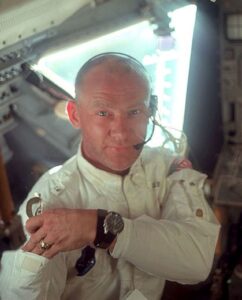
Prince Hall Freemasonry is a branch of North American Freemasonry for African Americans founded by Prince Hall on September 29, 1784. There are two main branches of Prince Hall Freemasonry: the independent State Prince Hall Grand Lodges, most of which are recognized by Regular Masonic jurisdictions, and those under the jurisdiction of the National Grand Lodge. Prince Hall Freemasonry is the oldest and largest (300,000+ initiated members) predominantly African-American fraternity in the nation.
Prior to the American Revolutionary War, Prince Hall and fourteen other free black men petitioned for admittance to the white Boston St. John’s Lodge. They were declined. The Masonic fraternity was attractive to some free blacks like Prince Hall because freemasonry was founded upon ideals of liberty, equality and peace.
Unable to create a charter, they applied to the Grand Lodge of England. UGLE issued a charter for African Lodge No. 459 on September 29, 1784, which was later renamed to African Lodge No. 1. The lodge was the country’s first African Masonic lodge.
Due to the African Lodge’s popularity and Prince Hall’s leadership, the Grand Lodge of England made Hall a Provincial Grand Master on January 27, 1791.
There are two competing sets of organizations within Prince Hall Freemasonry. A minority of lodges, which are subject to the Prince Hall National Grand Lodge, are referred to as Prince Hall Origin, and the majority of lodges, which are subject to 41 independent state grand lodges, and are known as Prince Hall Affiliation (PHA).
When two Grand Lodges recognize and are in Masonic communication with each other, they are said to be in amity, and the brethren of each may visit each other’s lodges and interact Masonically. When two Grand Lodges are not in amity, inter-visitation is not allowed. Exclusive Jurisdiction can be waived when the two over-lapping Grand Lodges are themselves in Amity and agree to share jurisdiction (for example, since the Grand Lodge of Connecticut is in Amity with the Prince Hall Grand Lodge of Connecticut, the principle of Exclusive Jurisdiction does not apply, and other Grand Lodges may recognize both).
After carefully studying the records, the Grand Lodge of England concluded that the original Prince Hall Grand Lodge of Massachusetts was indeed entitled to Masonic recognition, despite the general tradition of “exclusive jurisdiction”, which meant that only one recognized Masonic body could exist in each state.
According to data compiled in 2021 45 out of the 51 mainstream U.S. Grand Lodges recognize Prince Hall Grand Lodges. Texas has had mutual recognition since 2006. While African-Americans can join any lodge in North America, Prince Hall Masonry remains a vital part of American tradition.
https://en.wikipedia.org/wiki/Prince_Hall_Freemasonry
Even though we might all agree that it is way past time to move beyond this separation and openly embrace amity (mutual recognition) between mainstream and Prince Hall freemasonry, there are many reasons why these two different Grand Lodges still exist to this day. Some of it might stem from old prejudices, while others are logistical, organizational or even concerns about one organization potentially expanding its influence and swallowing up the other one. Even if one Grand Lodge extends recognition to the other, the second one might not reciprocate the gesture. This issue is very complicated and has many multi-layered causes. Simply claiming racism is an oversimplification that does injustice to all involved.
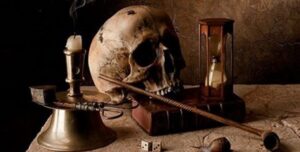
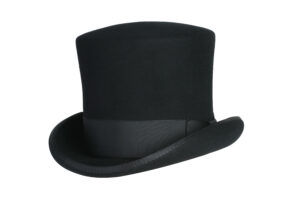

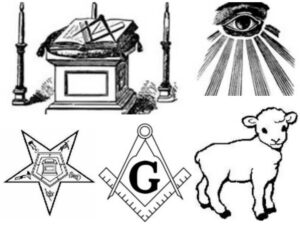

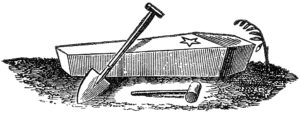 A Masonic funeral is a service provided to masons in good standing. It must be requested by the mason or his family.
A Masonic funeral is a service provided to masons in good standing. It must be requested by the mason or his family.